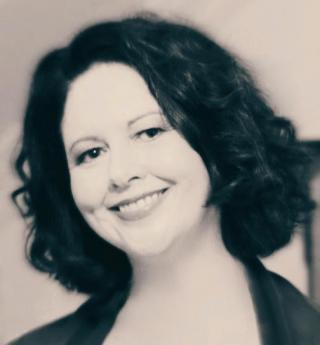A Letter from our Founder
1995

We have an exciting project to share with you. If our core of national volunteers is any indication, a tidal wave of interest in women's history is sweeping over America. In response, we have founded the National Women's History Museum in Washington, DC to preserve and celebrate the story of Woman.
Historians and other scientists have recovered the profound social, intellectual, and scientific history of women over the past 50 years. How empowering to discover that women originated or were major contributors in so many fields–from agriculture, medicine, and mathematics to religion, philosophy, and art. There are untold numbers of women who have made significant contributions to the world. In addition to learning of specific contributions, we are only now gaining a full understanding of how civilization evolves through the power of feminine values and women’s enduring traditions. Yet, nowhere can one find a repository of those traditions and contributions. A quick inventory of typical history books, museums, and public spaces proves this. Typically, only scholars specifically researching women’s history learn of this rich heritage. Even they are surprised to find that documentation of women’s history has been repeatedly unearthed, reclaimed, and lost. Christine de Pisan first wrote on women’s history in 1405. Aphra Behn recovered the history of women in 1660; Mary Astell in 1694; Lady Mary Worlley Montague in 1734; Matilda Joslyn Gage in 1873; Virginia Woolf in 1932; and Mary Ritter Beard in 1946.
A better world awaits the generation that absorbs what women and men have to share about life from a joint perspective. Global discrimination and violence against women will end. We have much to work toward. Here is the current status of women according to the United Nations:
- Women perform 33% of all the world's paid work.
- Women perform 66% of all the world's paid and unpaid work.
- Women receive 10% of the world's salaries.
- Women own 1% of the world's property.
- Women comprise over 50% of the world's population.
- Women hold less than 10% of the seats in the world's legislatures.
Today, with advanced mass communication and more access to economic power, we can make women visible. Imagine the world if we had only built upon Christine de Pisan’s work for the past 600 years instead of having had to rediscover and reclaim the heritage of women each generation. What would be the current state of our technology if we had been forced to literally reinvent the wheel every fifty years? For the sake of our children, both male and female, we must not allow our heritage to be lost again.
There will be a time when violence against women and children, and among men, is no longer epidemic. There will be a time when the people of the world share in its abundance and hunger is not a form of population control. Women will play an ever more important role in solving the problems of sexism, racism, poverty, violence, and environmental degradation. But to get there we need a history that incorporates the story of both men and women.
If we and future generations are to learn all the lessons of the past upon which to build the future, we must be aware of the true experiences and contributions of women. Clearly, men cannot get there alone. Together, all things are possible.
Sincerely,
Karen K. Staser
Founder, NWHM
